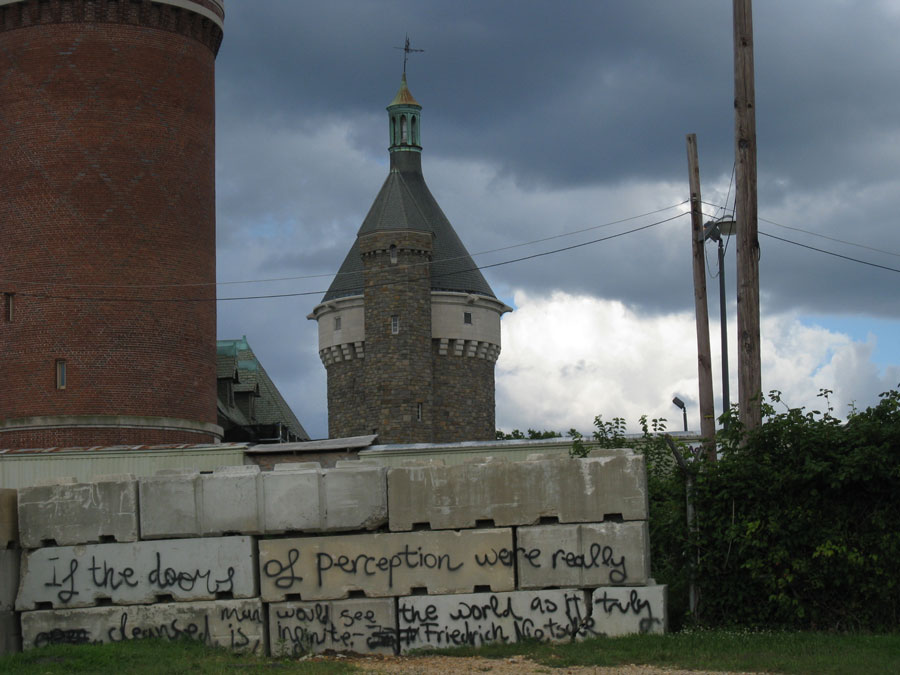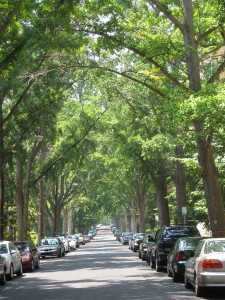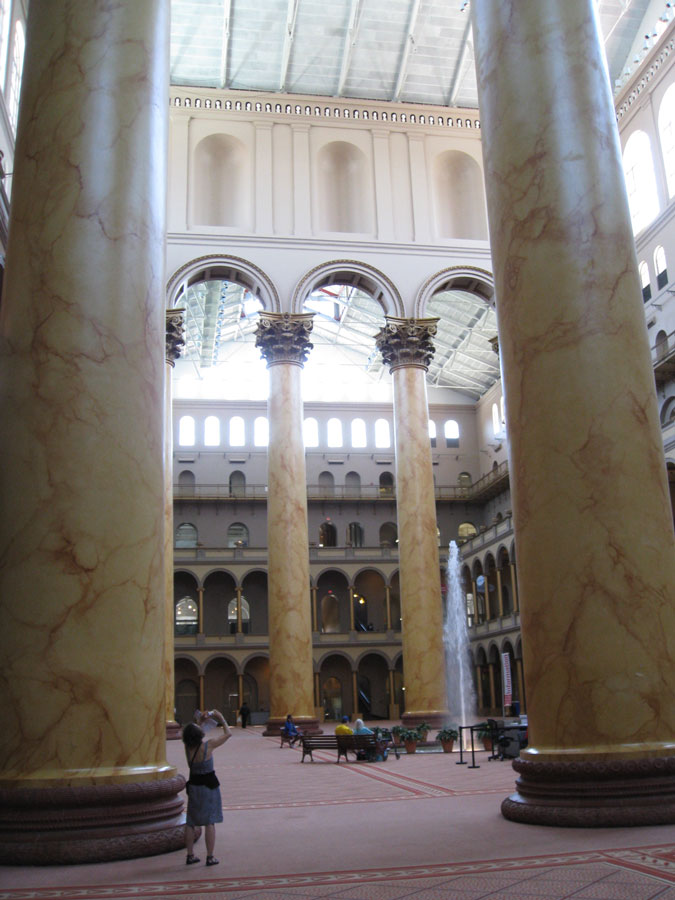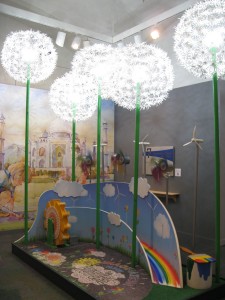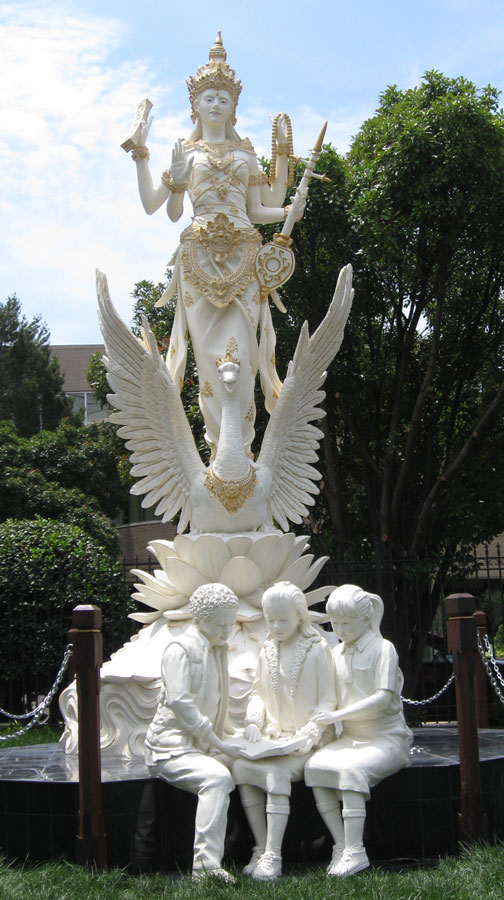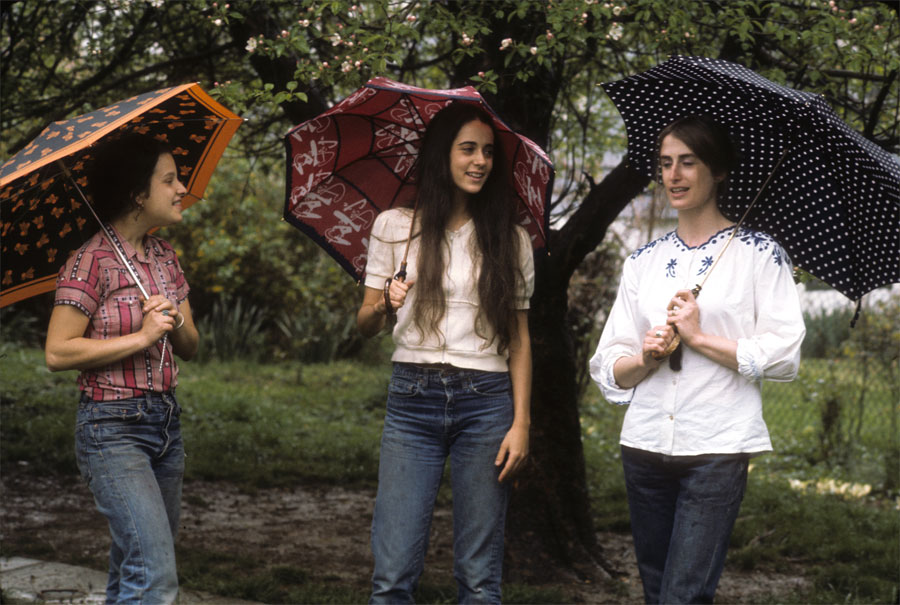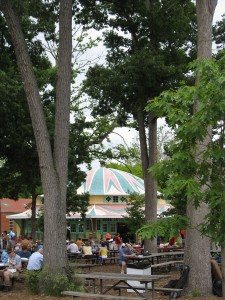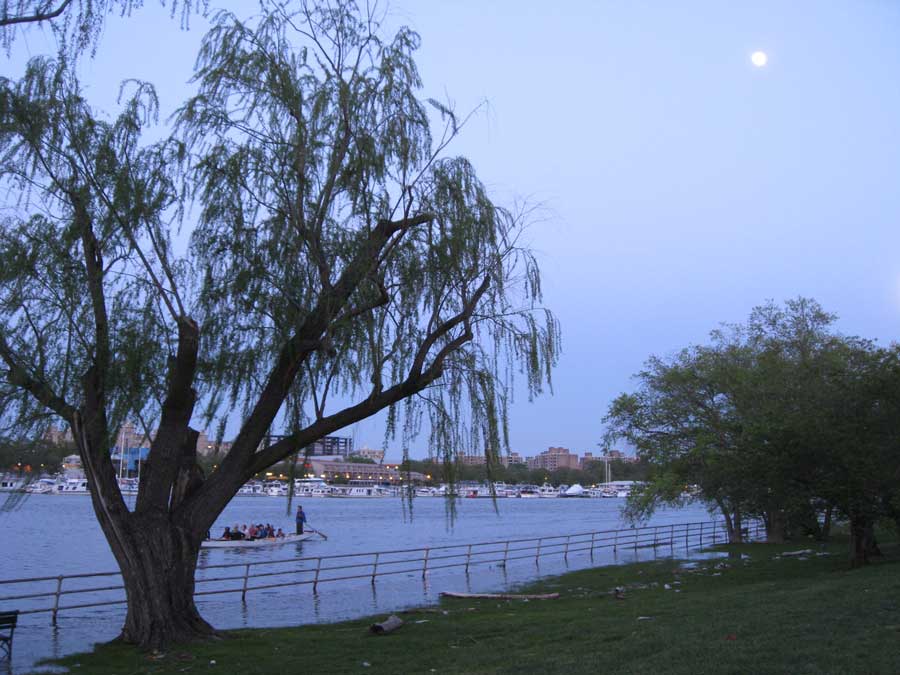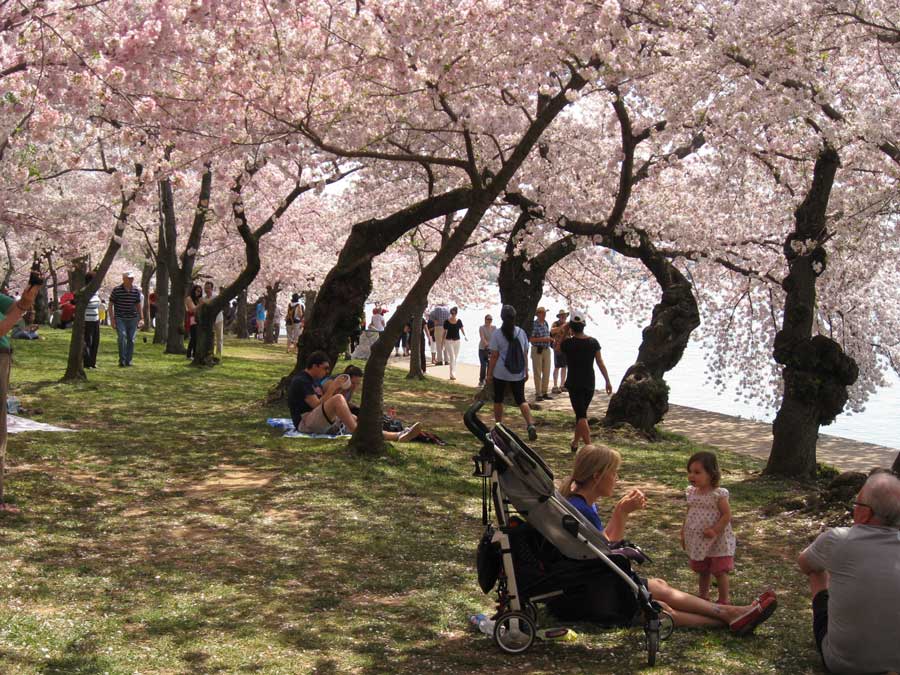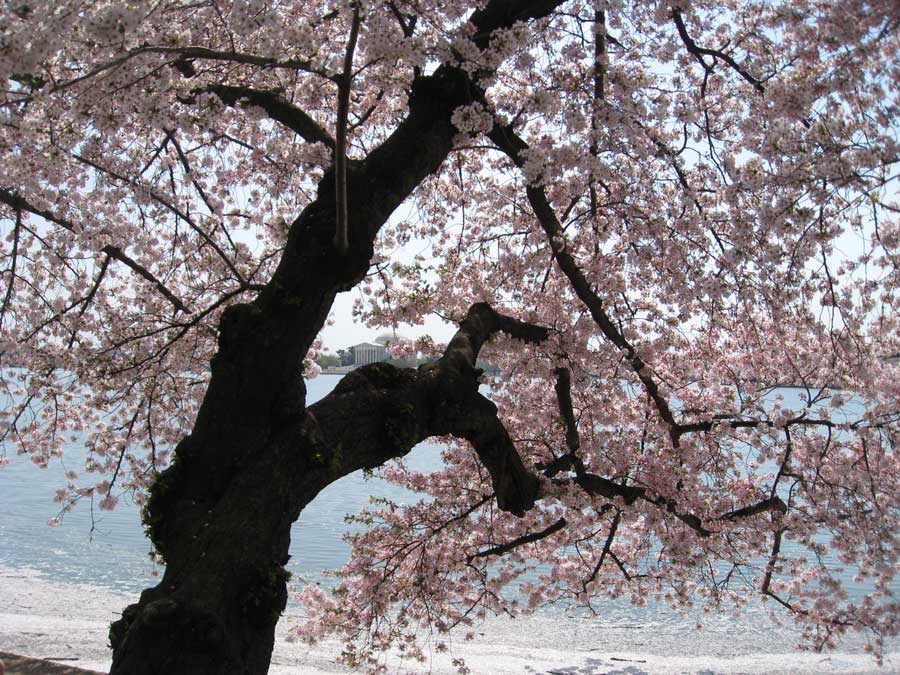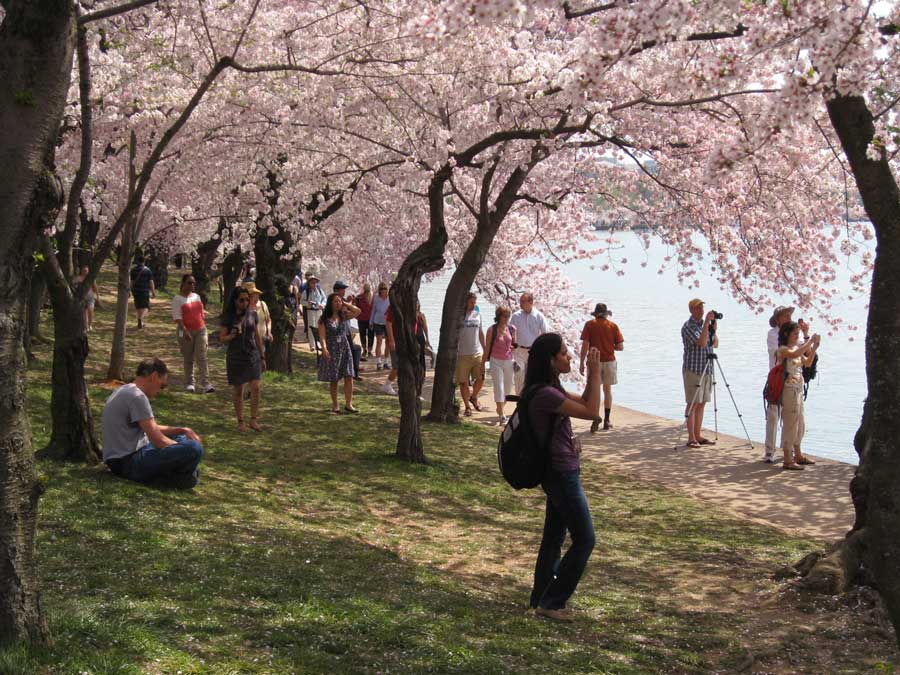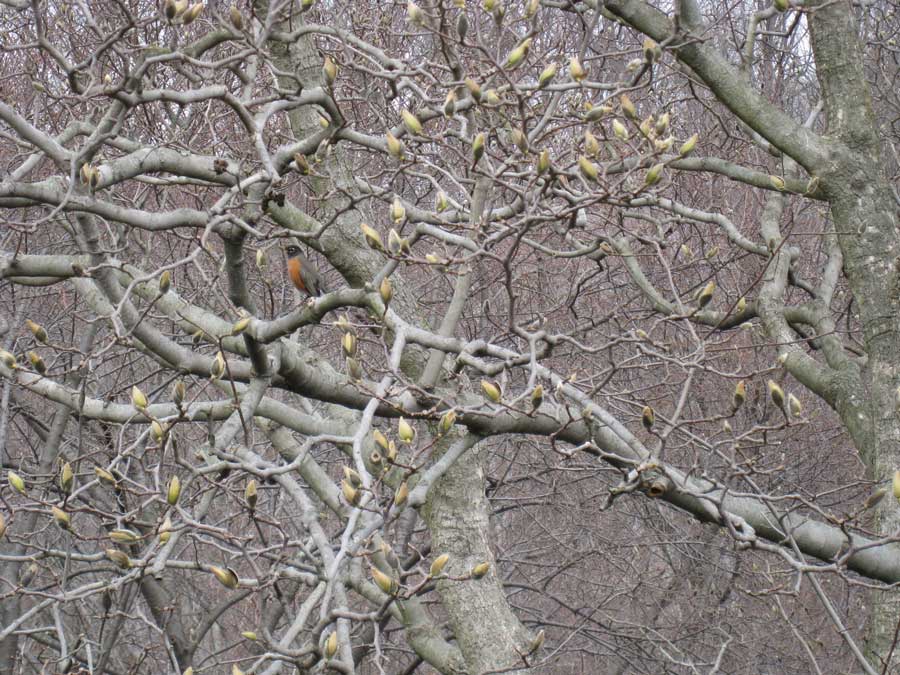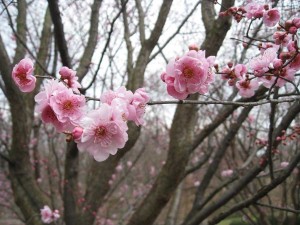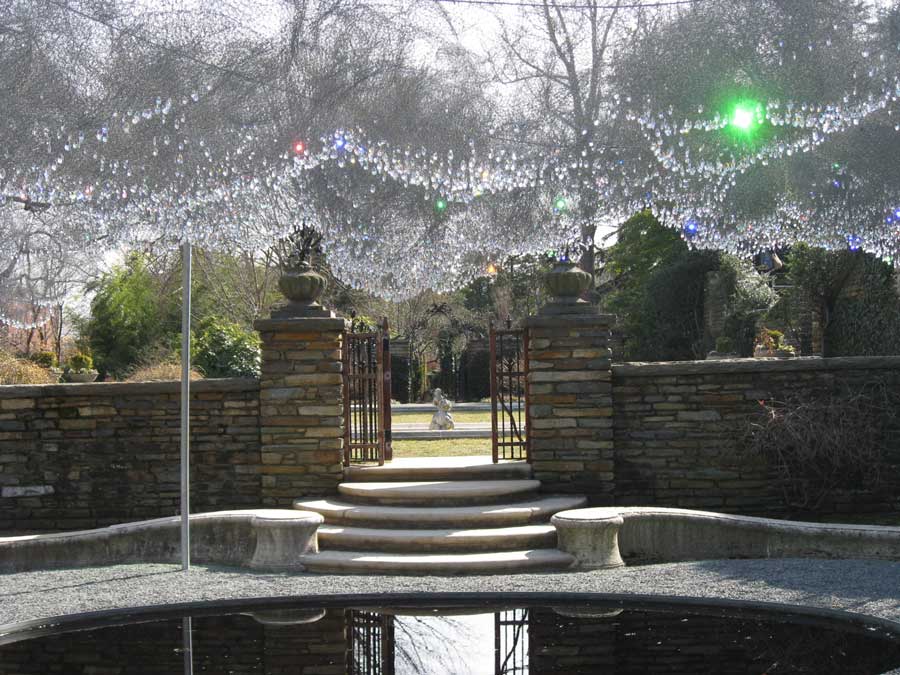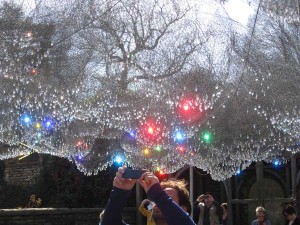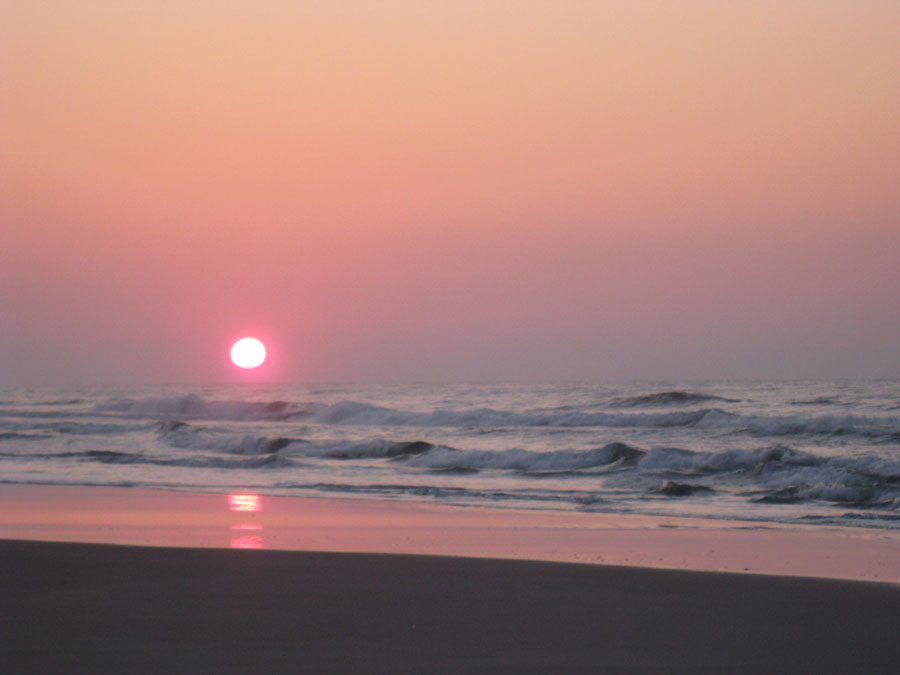
So after a week at the beach during which we set aside our usual trunk load of complaints, anxieties and issues, and concentrated on putting on enough sunscreen and minding our manners, I found myself applying a different definition to daily challenges: First World problem.
I don’t recall the first time I heard it, but I know that even in that first hearing no one had to explain the concept. When confronted by the inevitable minor vexations of ordinary life, more and more the phrase “First World problem” seems a just and clear-eyed assessment. If you run out of mayo for your tuna sandwich, that’s a First World problem. If you have no safe drinking water, that’s a Third World problem. If you have no toilet paper, that’s a First World problem. If you have no toilet…
This led me to wondering about the situation in the Second World, wherever that is. So I searched for it on the internet and found more than one “answer.” However, among the rants and raves I came across the One World Nations Online site, which seems to offer a fairly reasonable breakdown of the terminology. According to the site, the Second World was originally defined as all the countries inside the Soviet Bloc, or controlled by it. Obviously a lot has happened since the 1940s. Times change. Definitions shift with the tide of fortune.
On a beach vacation the problems of the Third World rarely intrude, unless it’s hurricane season. But here in D.C. one particular Third World menace has been gaining ground. When I was a kid in the region in the 50s and 60s, there were some mosquitoes. They mostly came out at night. You might get a bite or two if you lingered outside on a warm summer evening. But during the daytime the mosquitoes weren’t much in evidence. Now there’s a new mosquito in town.
Asian Tiger mosquitoes arrived in this country in the mid-80s in a load of tires. They are tiny but relentless. They bite in the daytime, and, to make matters much worse, they carry a whole bevy of diseases that the old garden variety biters didn’t. If you get bitten by an Asian Tiger mosquito, along with the painful, itching welt comes the threat of West Nile fever, dengue fever, yellow fever, two types of encephalitis, and something called chikungunya virus—it doesn’t kill you but makes you feel dead anyway, according to this article on Live Science .
As global trade and travel accelerates, we must be prepared to share the problems as well as the bounty of all the worlds within our shared world. Since these Asian tiger mosquitoes don’t like to fly at night, bats can’t help us on this one. Unless we can figure out a way to breed sun-loving bats. I’m betting that even now, in a garage laboratory in the hills of North Carolina some enterprising genius is working on it. I’d gladly contribute to his Kickstarter fund.
